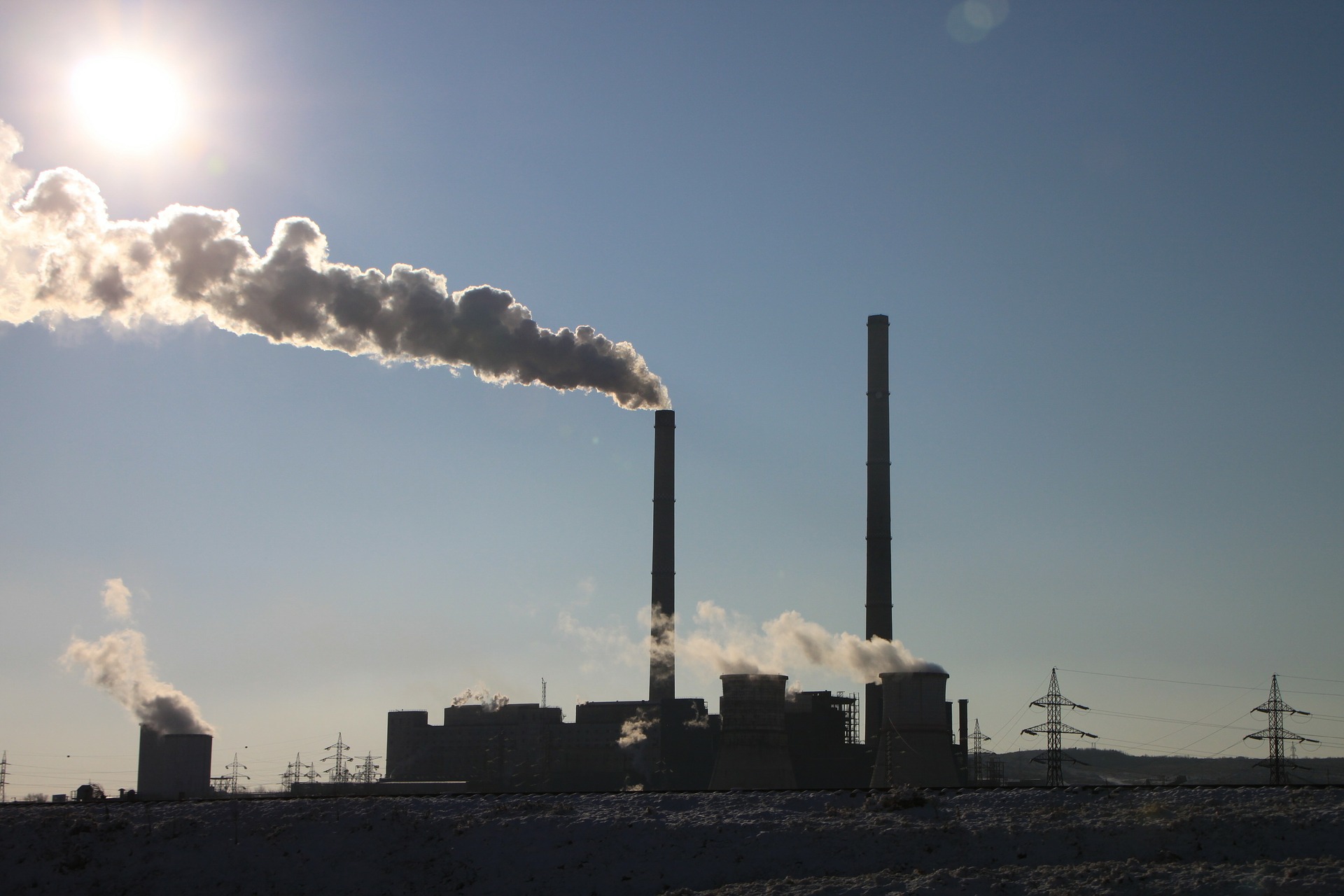Climate Change is Real & Measurable
Increasing evidence-base and data compiled over the last three decades or more, underline the fact that climate change is not a hoax. Extreme weather conditions – frequent cyclones, unseasonal rains, excessive heat waves, floods and mudslides – have now been more regular an event than ever across the world. Natural (or should we just say, man-made) calamities are sweeping across the globe and they are visible. What’s more concerning – is the imbalance and inequity that climate change brings about. Most developing nations and least developing countries along with the small island countries are severely hit by the consequences of climate change, considering the limited resources available at their disposal to combat or adapt to these extreme events.
With each passing day, the recovery time and cost from these disasters is ever increasing. Building ‘climate resilient’ infrastructure (especially within developing and least developed countries) is the need of the hour and therefore, the only logical question right now is to how can we cater the need of finance in developing and implementing both mitigation as well as adaptation activities? Well, there are two ways to meet the challenge:
International Climate Finance: Considering that Developed Economies are likely to have better technical and economic capacity to address climate change, there has been somewhat of a global consensus to increase support for developing, least-developed and island nations to implement mitigation and adaptation measures/ projects – and thereby influence the direction of international climate finance flows. There have been lot of developments in last year Conference of Parties (COP22). 11 donor countries pledged more than US$ 50Million to help developing countries in meeting new transparency requirements; the World Bank doubled its climate finance to US$ 1.5billion by 2020 for the Middle East and North African (MENA) region; and the Adaptation Fund met its COP22 fundraising goal with new contributions of nearly US$81 million. Advanced economies have formally agreed to mobilize US$ 100billion per year by 2020 from variety of sources under Green Climate Fund. However, these funding are increasingly difficult to access due to the tedious due-diligence process.
Domestic Climate Finance: Additionally, many countries have found it extremely useful to mainstream climate budget into nation’s own budgeting agenda (fiscal expenditures/outlays). For building the Climate Resilient Infrastructure especially in the case of emerging economies, it is important to see that the climate budget is reflected into national budget and expenditure thereby unlocking domestic financing for climate change activities.
India’s Climate Budget – to be evaluated in Sync with GHG Inventories
As touched upon earlier, Climate budgeting is a process that accounts for budgetary measures that support climate-change related actions in the country. From FY-2018-19, India looks forward to systematically exploring expenditures related to climate and thereby building a specific Climate-Budget alongside the gender budgeting. Specifically, the Government of India is proposing to compile a supplementary report to go with the Union Budget document that will account for monetary investments in activities related to Climate Change. Climate budgeting would therefore help assess the alignment of and scale-up the public funds mobilization based on the national climate priority policies.
Having said that, the most obvious step is to identify the priority climate actions at ground. This can only be achieved if the emission hotspots are known. National Greenhouse Gas (GHG) Inventorization process, meant to quantify the GHG emissions from economic sectors like Energy, Industrial Process and Product Use (IPPU), Agriculture, Forestry and Other Land Use (AFOLU) and Waste, will help in prioritizing the action points and tracking of emission reductions over time. The country has an inherent process that has enabled India to report its annual GHG emissions in form of NATCOMs and BURs reports to United Nations Framework Convention on Climate Change (UNFCCC). While substantial part of the reports highlights the results in the form of overall emission contributions across sectors; there is lack of adequate clarity on the key assumptions, calculation procedure and methodologies, sources of activity data etc.
With transparency framework being one of the key ingredients of the Paris Agreement, there is a need for India to address the gaps and improve the overall process to provide for a more transparent and detailed inventory on its GHG emissions on annual basis. Doing this in a robust, granular and comprehensive manner, would also help improve the understanding on key priority areas – and thus channelize national Climate Budgets for effectively shifting investments in areas bringing about the biggest bang for the buck (max emission reductions per rupee or dollar spent). Thus, improving the current measurement and tracking framework would be a critical/key starting point – both to meet the Paris commitments as well as channelize domestic finance flows for effective Climate Budgeting.
GHG Platform India can help
The GHG Platform – India (GHGPI) is a collective civil-society initiative, providing independent estimation and analysis of India’s GHG emissions. Bottom-up calculation approaches across key sectors such as energy, waste, industry, agriculture, livestock, forestry, and land-use and land-use change sectors, help identify key challenges and opportunities to better manage and track progress – thereby complimenting the overall National GHG Inventorization Process. GHG Platform – India draws its inspiration from a similar civil society initiative in Brazil, the “System for Estimation of Emissions of GHG” (SEEG), and is therefore internationally consistent, while being locally relevant at the same time.
GHG Platform – India seeks to complement existing efforts of Government of India and proactively feed into India’s Monitoring, Reporting and Verification (MRV) process, thereby helping in achieving its commitment under Article 13(7) of Paris Agreement. With the announcement of Climate budgeting from the FY-2018-19, the work undertaken by GHGPI will have remarkable impacts, mainly due to three points:
- GHG Platform – India will complement the existing and futuristic efforts of Government of India in quantifying the economic sector-wise emissions and hence, will cater to the need of prioritizing the climate actions points at national level;
- Official GHG inventories are available on periodic basis. Availability of GHG emissions for more recent years will facilitate more informed deliberations on national climate policy priorities;
- GHG Platform – India, in its second phase, will deep dive into state-level GHG estimation preparation. This exercise will help in quantifying GHG emission hotspots at state level and feed into more accurate and robust State Action Plan on Climate Change.
All the above points will ultimately cater to the need of prioritizing the climate action points at national and state level and consequently, help in allocating the climate budget in appropriate, accurate and robust manner.













